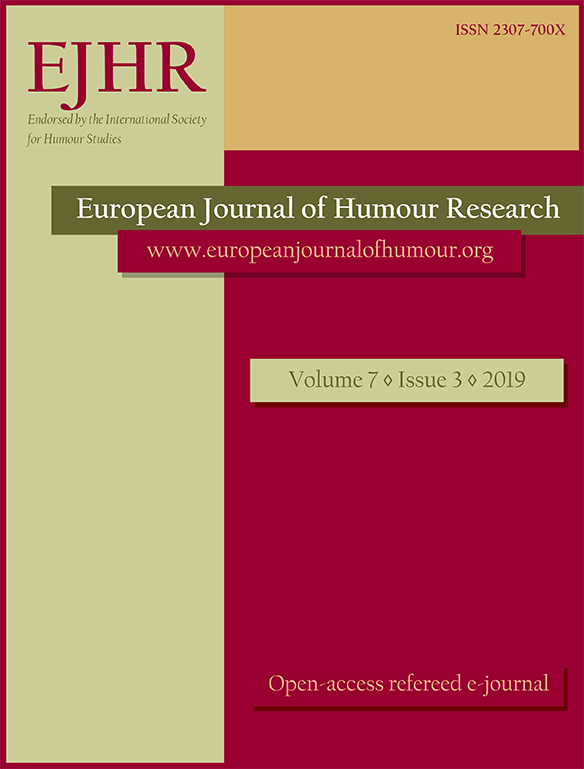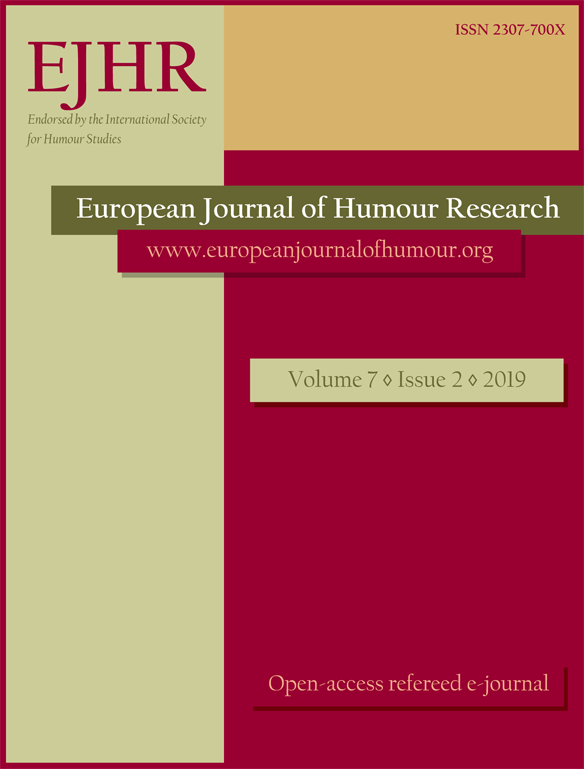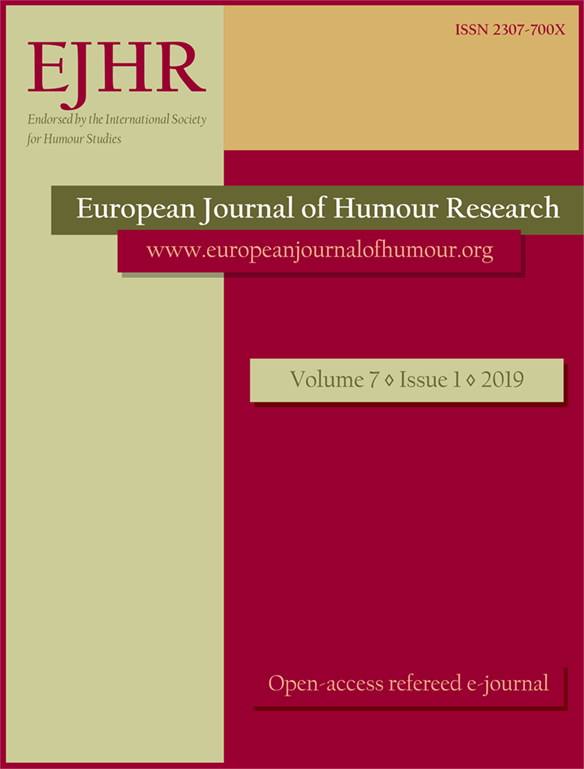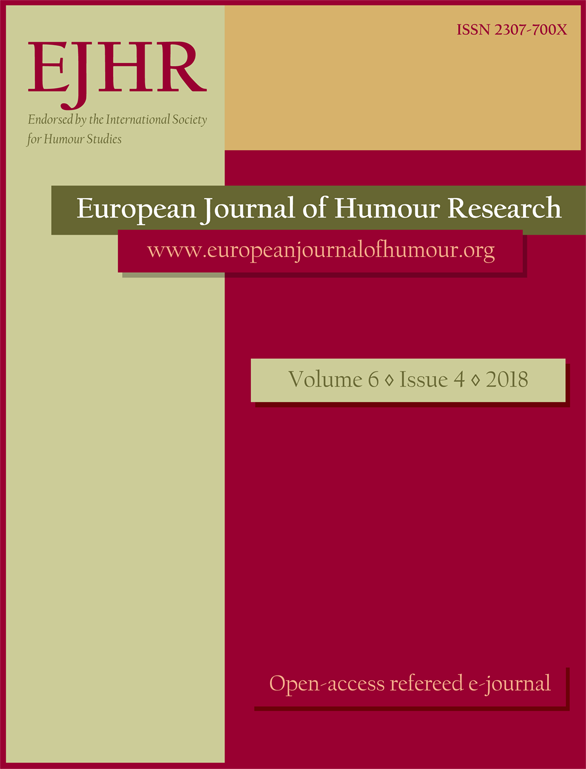
Social media-based visual humour use in tourism marketing:
Tourism firms using visual social media marketing are struggling with its implementation, specifically in formulating engagement-based visual message strategies. Yet, creating such appealing posts can lead to positive brand and financial outcomes. Humour has been identified as a potent tool for social media communication, given its capability to develop social interactions. Yet, how humour works on social media is not well understood – specifically its visual form. Treating humour as a symbolic resource, this study adopted a compound content analysis-semiotic analysis to identify visual content and its symbolic meaning embedded in destination marketing organization (DMO)’s social media posts. 200 Sina Weibo posts containing humour images initiated by 5 Chinese provincial DMOs were collected. The results show 6 types of humour content and 6 types of symbolic meaning – none of which are product-related. This study advances the tourism literature and humour theory, and offers tourism firms a holistic view of how to fully leverage social media-based visual humour to achieve consumer reach and engagement.
More...


